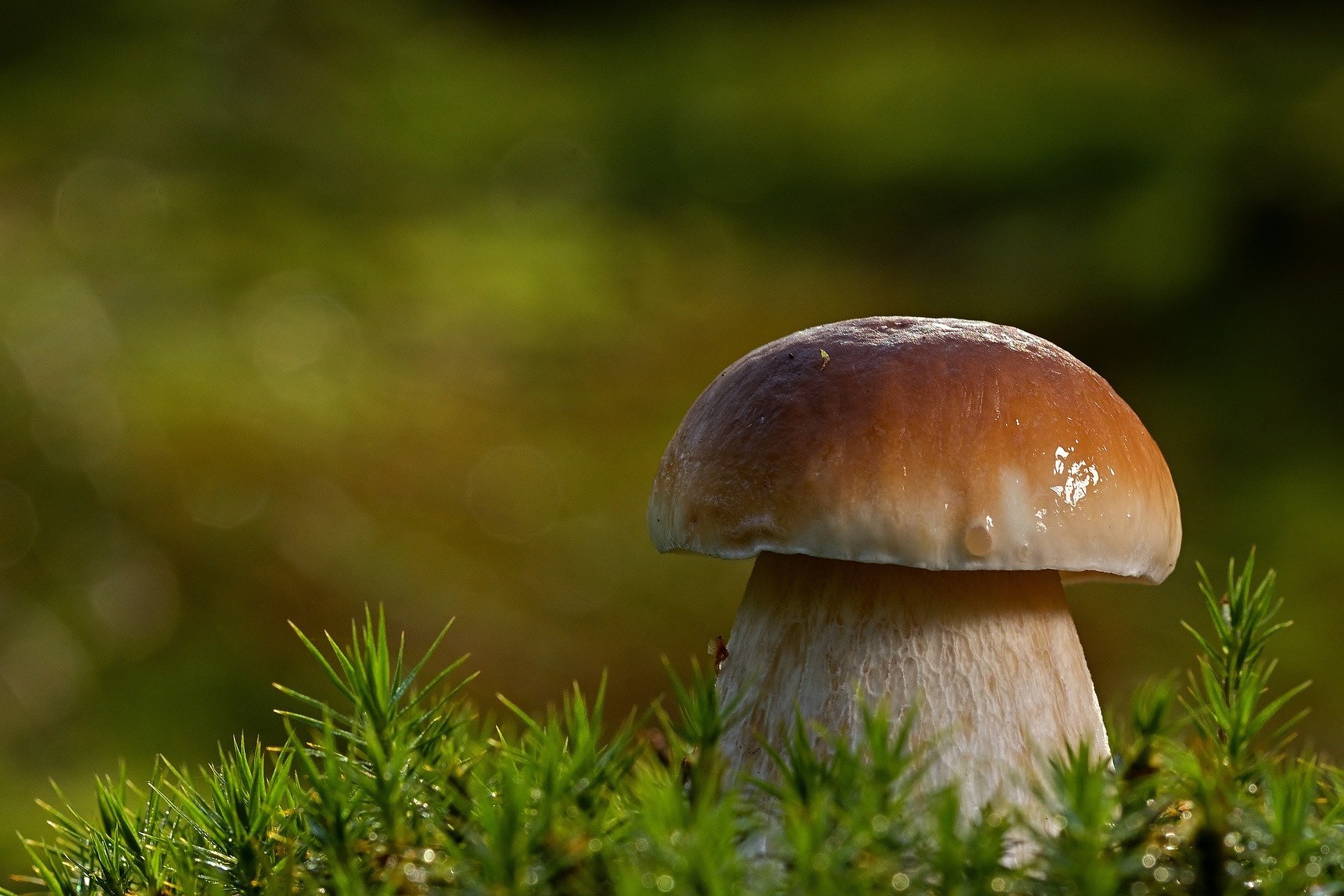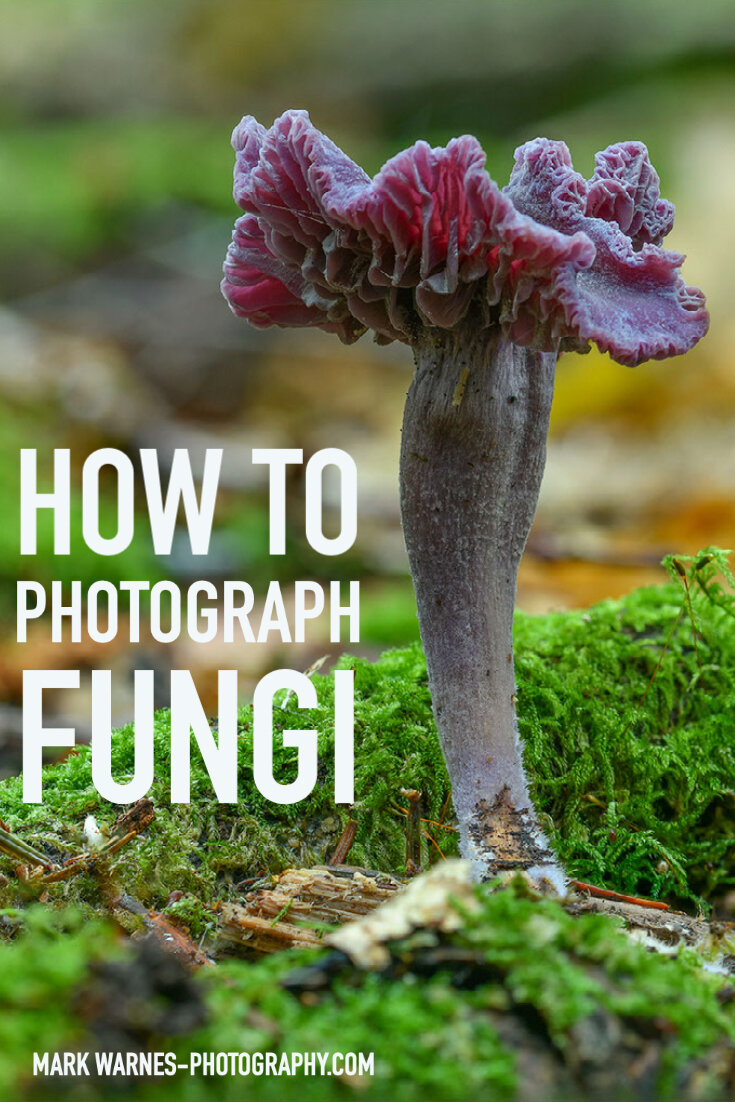Photographing Fungi In Autumn
Although fungi and toadstools occur all year round, autumn is when they come into their own, the warm days and cold nights providing ideal growing conditions.
So, why photograph fungi and toadstools-Firstly, the fun and skill required in finding them and id them. They come in all sorts of shapes, sizes and colours, grow everywhere there is decaying organic matter and can provide fascinating macro based photos.
First things first, get a decent id book or app for your area and make sure you get a good id of the fungi. Look for the cap size and colour, the type of gills, rings on the stem and the colour the specimen turns when cut. Make sure you know which are the poisonous ones in your area, and handle with care. Names like Deathcap, Destroying Angel, Funeral Bell and Angels Wings are well earned and can be fatal.
Essentials
A macro lens, low level tripod (I find a gorilla pod great for this kind of work), cable release, small LED light, such as a Manfrotto lumimuse with its coloured filters, mushroom knife (https://www.opinel.com/en/multifunction/n8-mushroom-knife/n8-mushroom ) and something to kneel on. A camera with live view and a tilting screen is brilliant for this kind of photography.
Where are they?
You will of course need to find the fungi before you can take its photo but this is half of the fun. Woodland, both deciduous and pine are good starting points. Some will grow on decaying wood, others from the ground and leaf litter. They can appear in abundance overnight. Early morning's the best time to find good samples of mushrooms to photograph as they'll be fresh fruiting bodies from the night before which won't have got trampled on or eaten by insects.
Gardening
Most fungi will require a little bit of gardening before you take your shot. Remove any insects and distractions and rearrange fallen leaves to suit. Your mushroom knife will have a small brush to clear debris from the cap. A spray misting will liven up the shot and provide the added bonus of water droplets.
Light them up
Use a small LED light or reflector to light up the fungi. Experiment with different positions and use warm coloured filters. Fungi look great backlit to with the light shinning up from below.
Camera Settings
An aperture of around f8 will provide an acceptable level of sharpness
If you’re struggling with the low light levels don’t be afraid to lengthen the shutter speeds that you’re using. The beauty of Fungi is that they are very still and if you’ve got your camera stabilization working for you with a solid tripod and shutter release cable you can lengthen the shutter speeds almost as long as you’d like
To sum it all up, get in close, tidy the scene, get down low and light them up. And stabilise that camera.!











